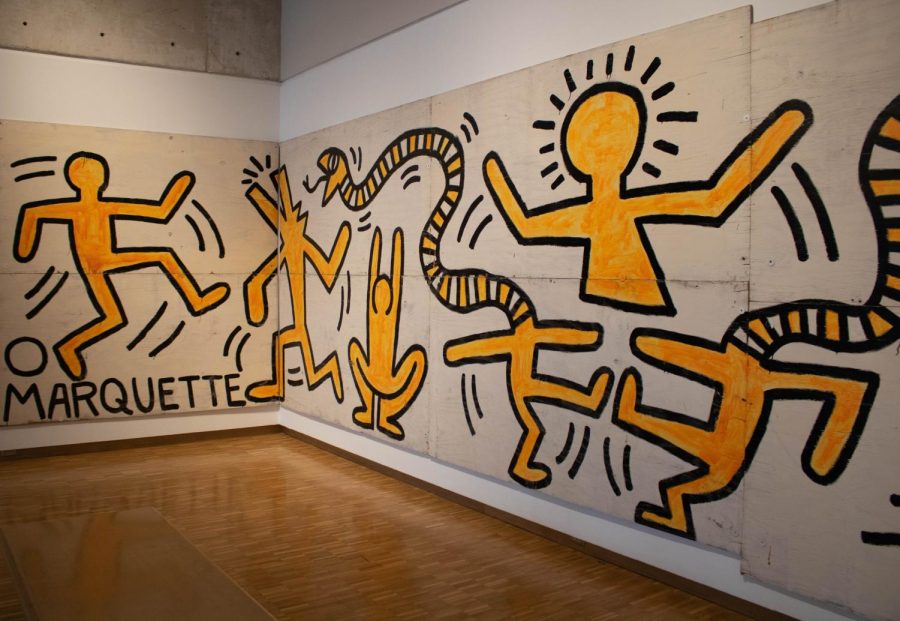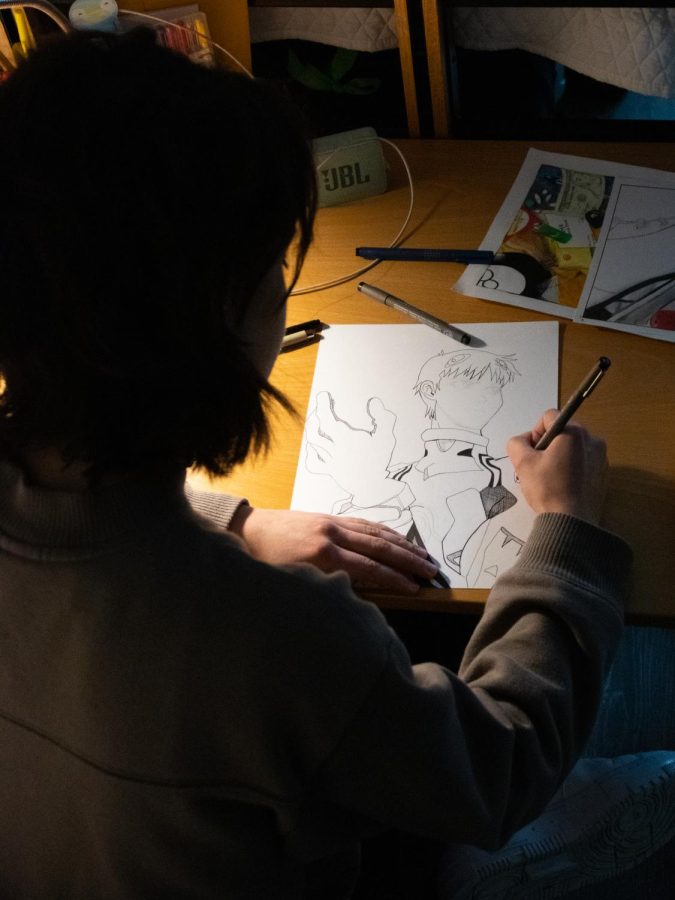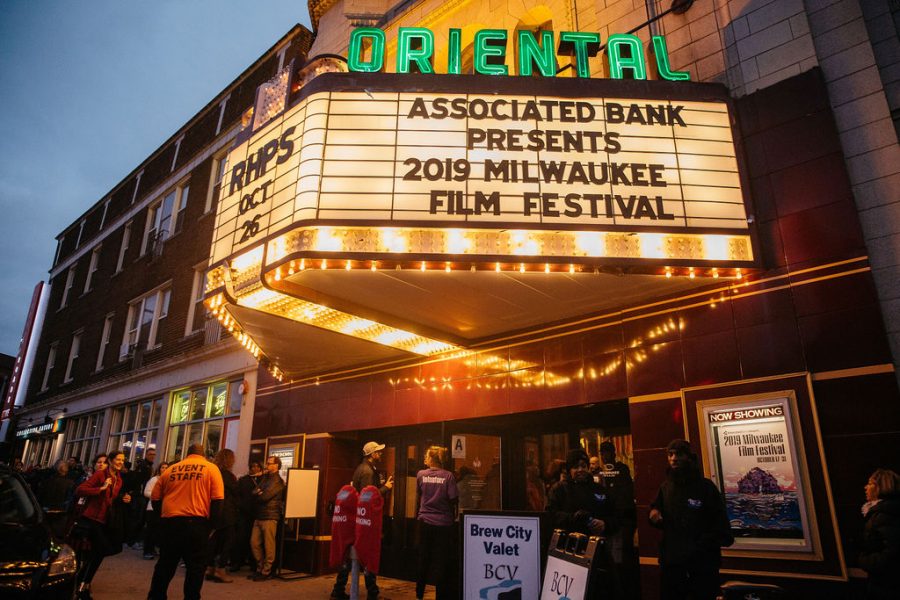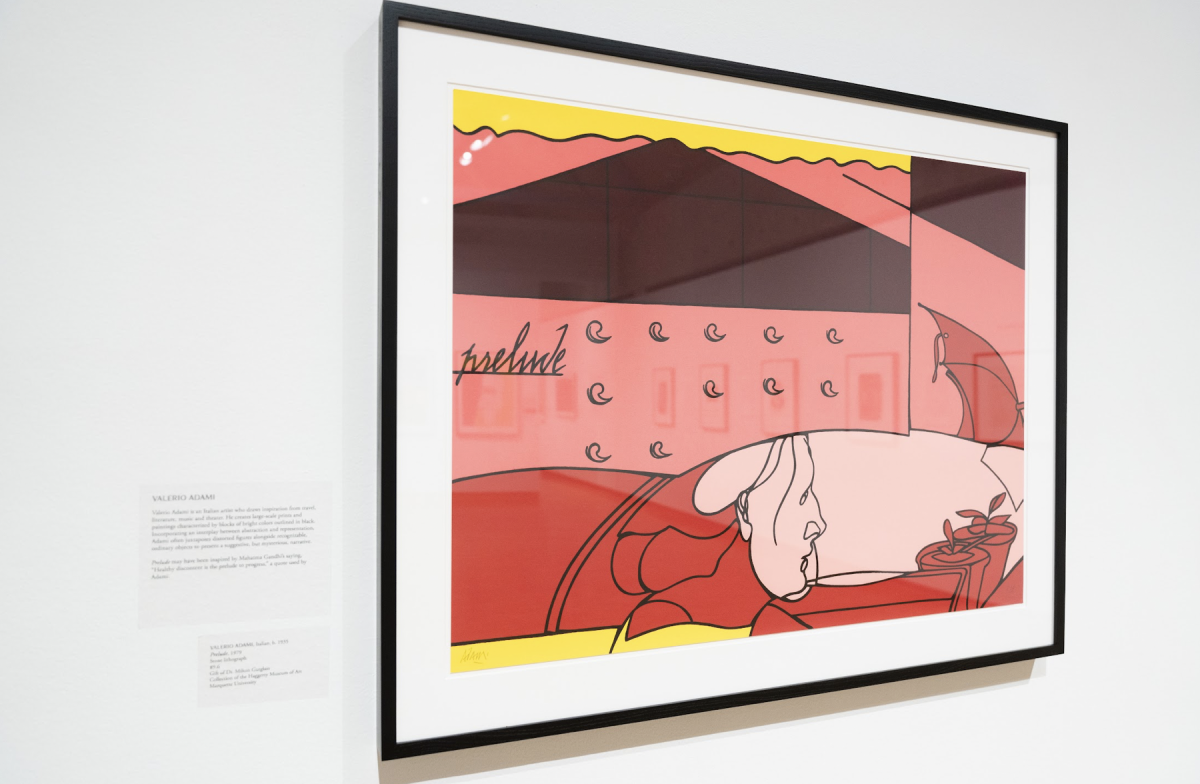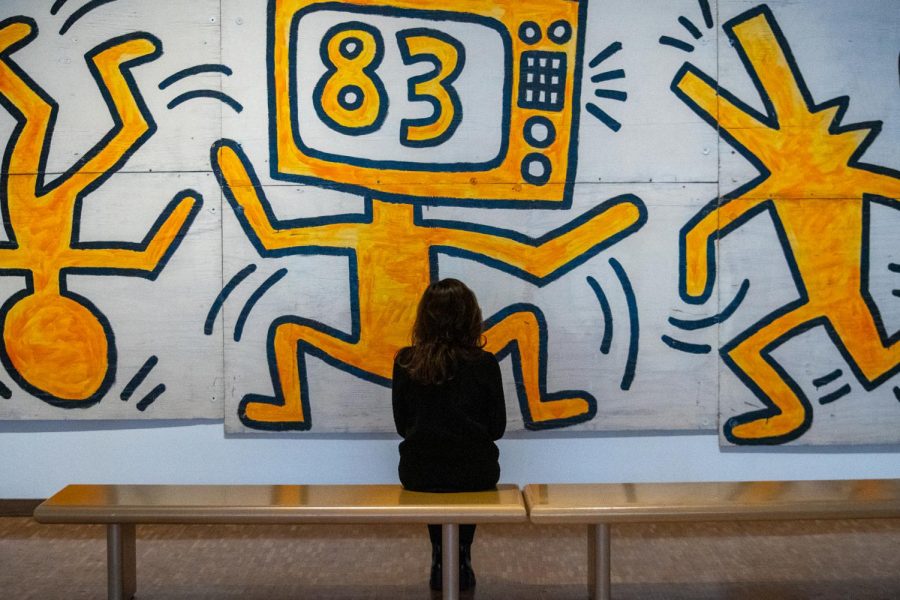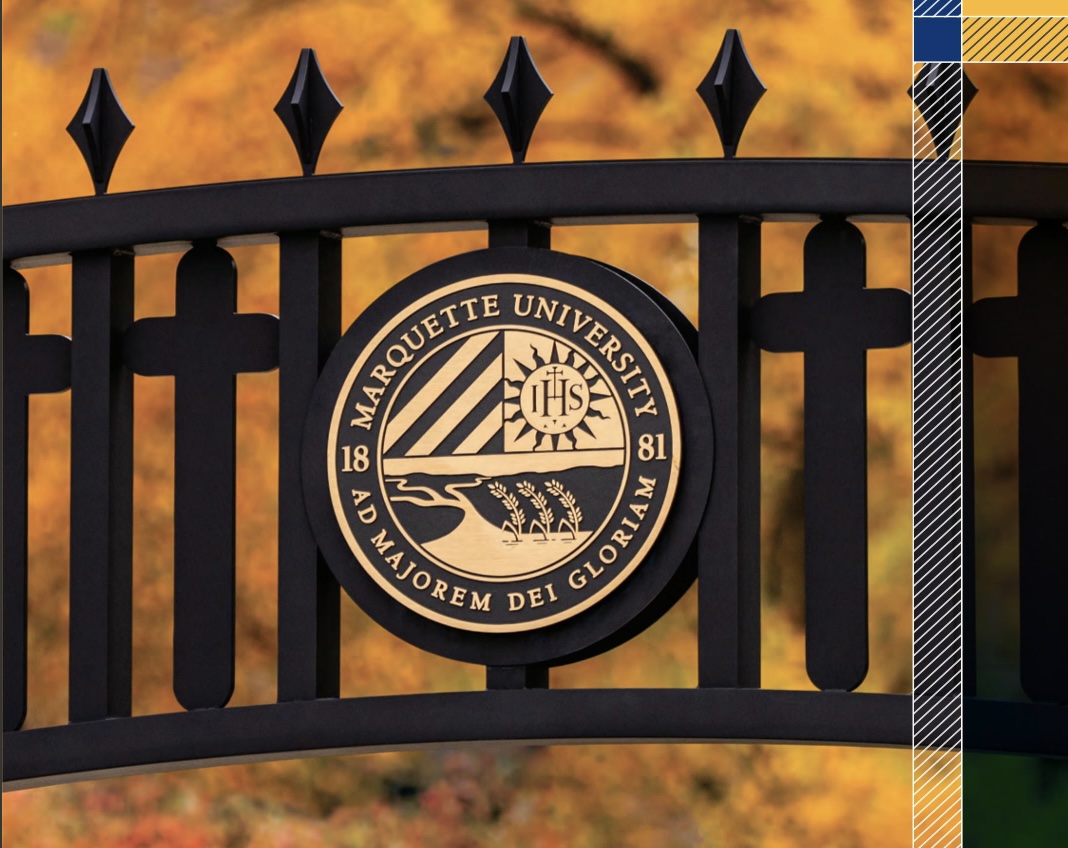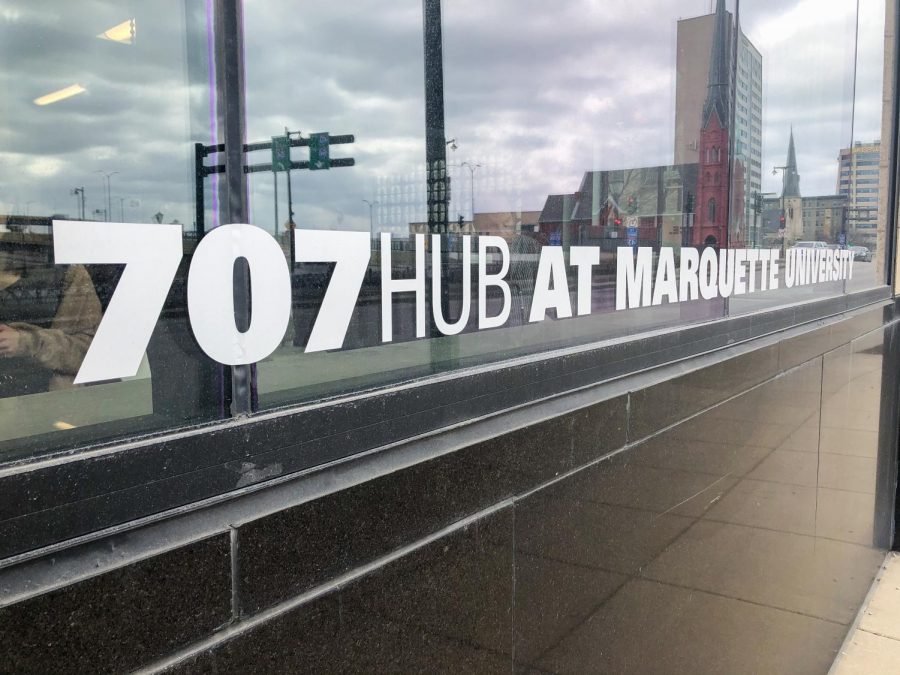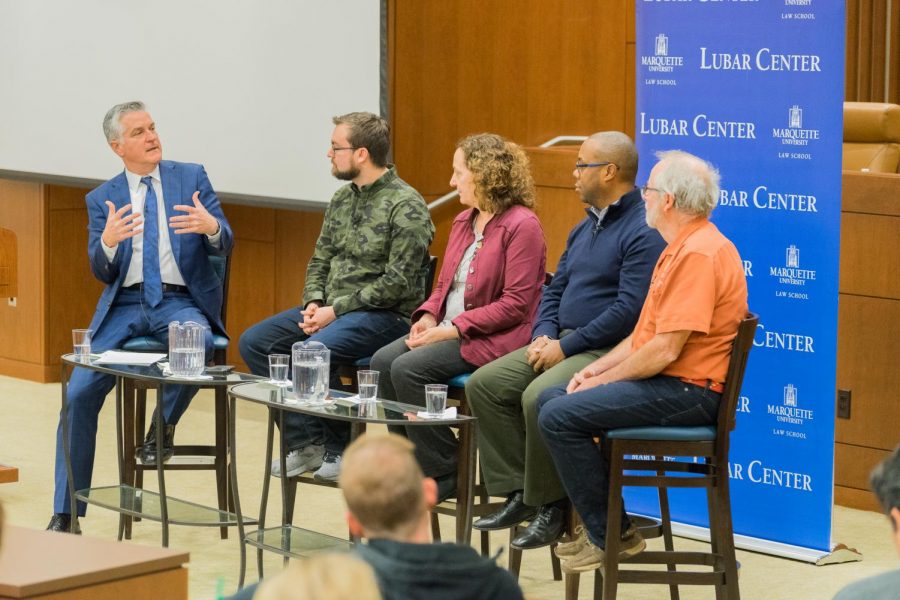With all the stress that seems to dominate one’s everyday life, it’s easy to overlook the importance of mental health. Yet, Larry Birkett says it is crucial to living a healthier, happier and more creative life.
Birkett, associate director at the Marquette Spirit Shop and meditation teacher for employee and student wellness on campus, will be conducting a series of mindfulness meditation sessions in conjunction with the new exhibition being displayed in the Haggerty Museum of Art: “Toward the Texture of Knowing.”
Birkett has had an extensive experience learning and teaching meditation and yoga.
“I’ve been practicing meditation and yoga for over 10 years, but I’ve only been teaching meditation for five to seven of those years,” Birkett said. “My journey that led me to meditation was through my yoga practice. Meditation is one of the eight limbs of yoga, so that’s how I was introduced to it.”
The sessions will consist of three separate one-hour periods from noon to 1 p.m. over the next few months in the Haggerty, taking place Jan. 24, Feb. 28 and March 20.
Christine Fleming, manager of community engagement at the Haggerty, recruited Birkett after hearing about him from a health and wellness coordinator. While Fleming was planning for the new exhibition, Birkett was one of the recommendations for mindfulness sessions.
Fleming said one goal for the museum staff is to offer more innovative ways to use the museum space, and she said hosting events like Birkett’s will allow them to do just that.
“It’s the idea of having the museum space flexed to offer all sorts of different experiences for people of all ages,” Fleming said. “In fact, in England and in Canada, the doctors are prescribing visits to museums and walks because they’ve done all sorts of research about it lowering your anxiety and stress levels, and so I’m excited to see how many people we get for his sessions.”
Birkett said he plans to incorporate his meditation sessions with the exhibit space.
“I feel that one of the purposes of meditation is to help us be less reactive and more responsive, so it just helps us to slow down and break habitual patterns,” Birkett said. “That’s where this link of creativity comes in. … I thought it would just be really cool to explore that connection in these sessions.”
Birkett said he will most likely introduce basic mindfulness — working on being conscious and aware in the present moment — in his first session, before including more interactive activities.
“In the second session we’ll start together, but then we’ll break off and we’ll pick a piece of art in the exhibit, and we’ll use that as the focus of our meditation,” Birkett said.
Although his ideas are not completely set in stone, Birkett said he has a possible idea for his third session.
“We’ll do some sitting meditation just to find our breath and get centered, and then we’ll break that up with some walking meditation, and wherever you end up, when the meditation ends, you’ll sit so it’ll put you in a different place in the room,” Birkett said. “Like if you could imagine musical chairs.”
Birkett’s creative activities stem from an unusual background teaching and practicing meditation. He originally learned meditation from the Shambhala Meditation Center on the East Side of Milwaukee. The center had organized a group of Milwaukee meditators to go into different correctional facilities around the city and offer meditation instruction to inmates, where Birkett said he found inspiration for more creative ways of teaching.
He said he found it to be beneficial to combine both the quiet, still meditation with some physical work like yoga. He said introducing yoga to inmates in the correction facilities actually helped them prepare for the stillness that was required during the sitting.
Aside from creativity, Birkett said he believes there are numerous other benefits of meditation and yoga, including the chance to escape reality.
“One of the big benefits of meditation for people in today’s society is having a chance to unplug from technology, so to unplug from our cell phones, our iPads, our notebooks, our tablets, our computers and that constant bombardment of imagery and noise,” Birkett said.
Miranda Spindt, a sophomore in the College of Arts & Sciences, said she believed she experienced some of those benefits after attending a few yoga sessions in the 707 Building last year.
“I always went on Monday nights. It was just a good way to start off my week and to bring all my focus back in,” Spindt said. “Especially at the beginning of the week, you’re just so stressed out … but I realized going on Mondays was just like bringing it all back in and being like, ‘OK you’re fine, everything’s okay.'”
Spindt said she also found the sessions to be very eccentric, uncomparable to most other physical activities.
“It’s like you’re getting a workout, but it’s not super demanding,” Spindt said. “It’s a lot of focus, and you feel like you’re putting a lot of energy into it, but you’re not like out of breath or anything. It’s just a different workout experience. It’s better than running or lifting weights.”
This story was written by Skyler Chun. She can be reached at skyler.chun@marquette.edu

